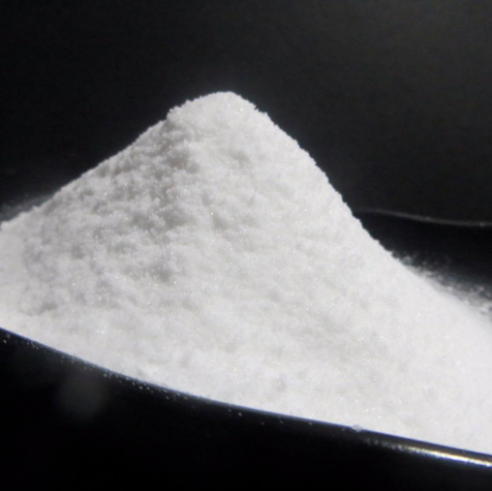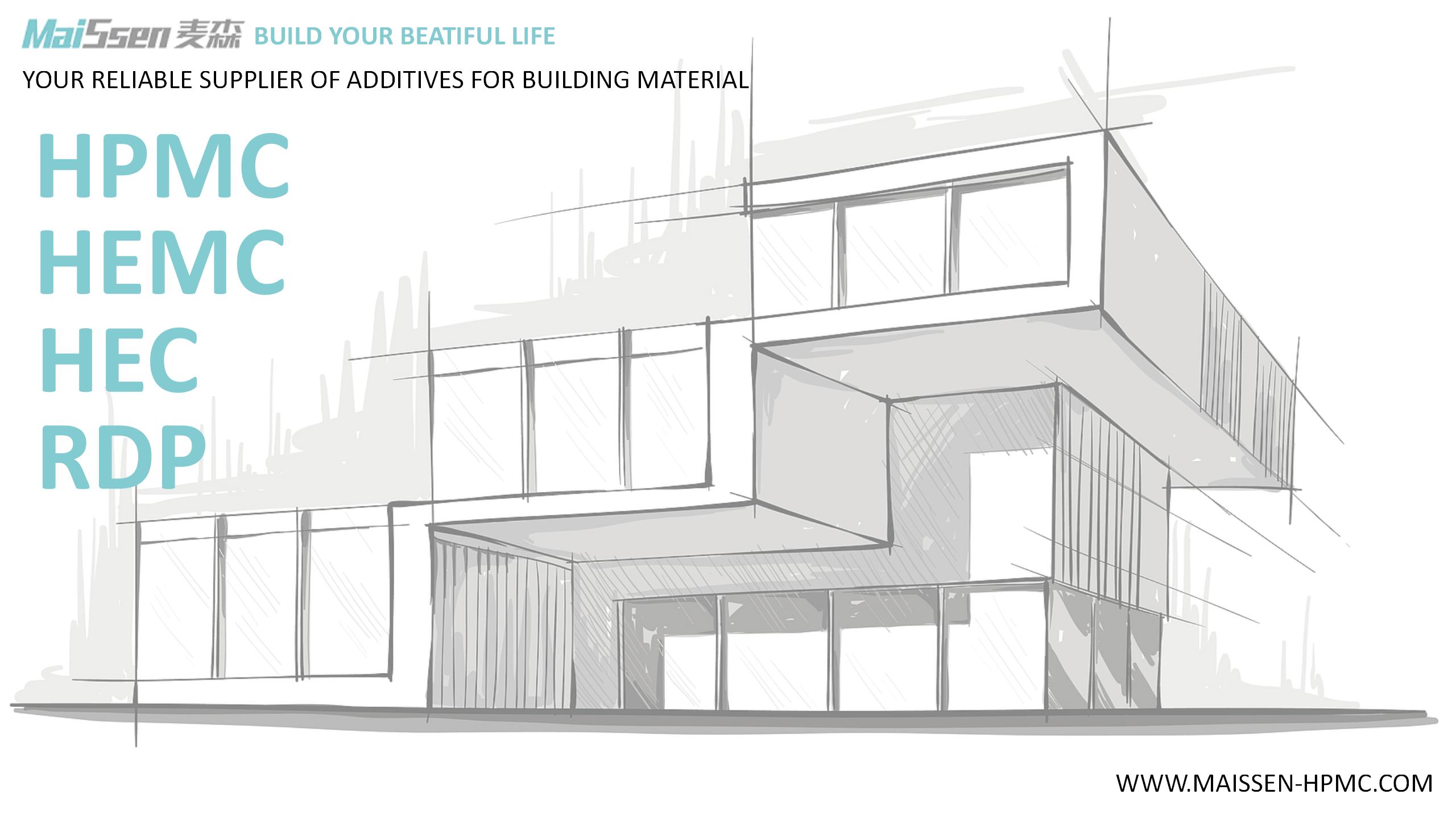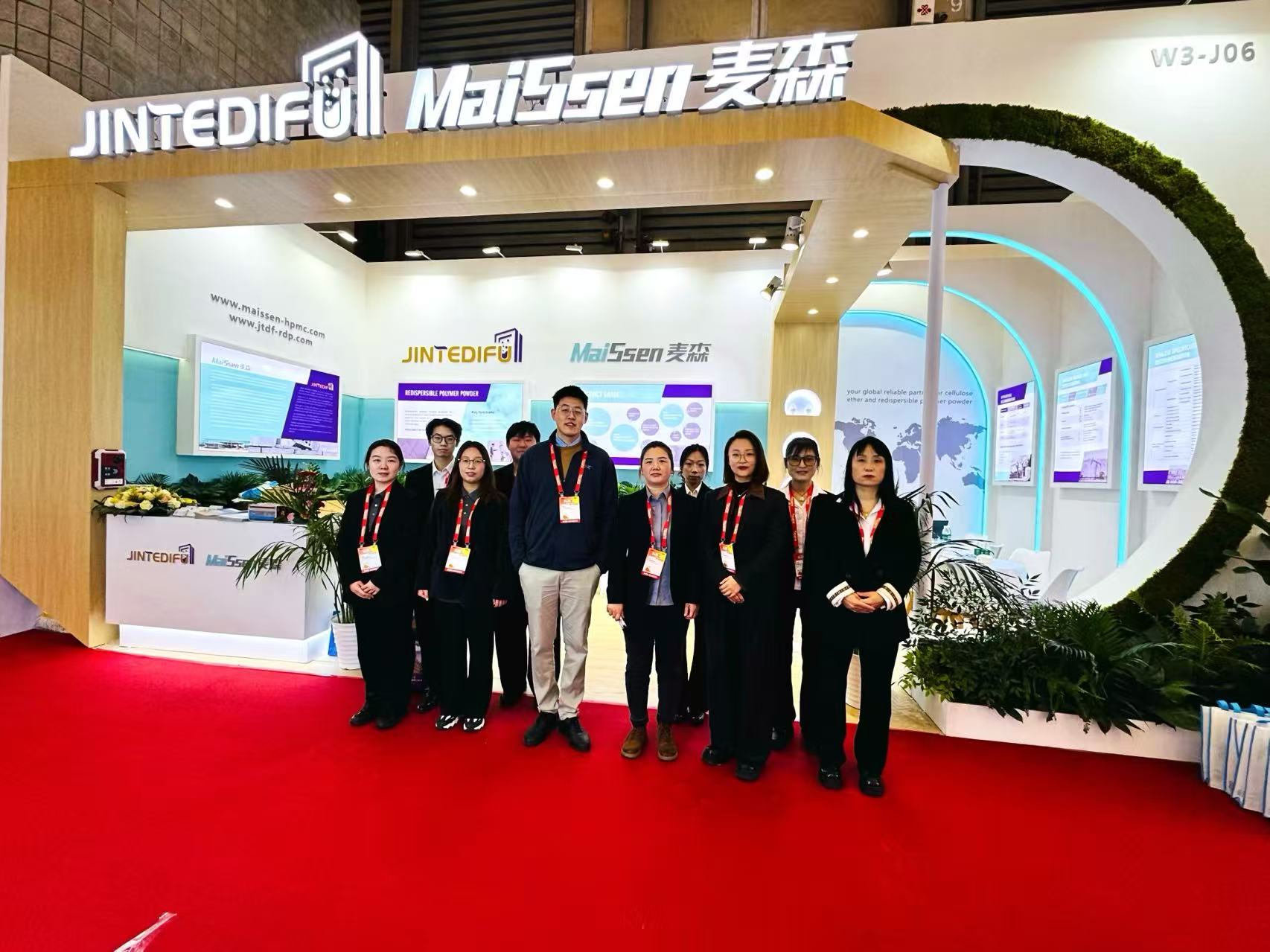MHEC (Methyl Hydroxyethyl Cellulose) offers several benefits and advantages in the construction industry. As a versatile additive, MHEC is commonly used in cement-based materials such as mortars, renders, and tile adhesives. Its unique properties contribute to enhanced workability, improved performance, and increased durability of construction products. Here are some of the key benefits and advantages of Methyl Hydroxyethyl Cellulose in construction:

1. Water Retention:
One of the primary benefits of MHEC in construction is its excellent water retention capability. MHEC can hold water within the cementitious system, preventing rapid evaporation during the curing process. This sustained hydration ensures proper cement hydration and contributes to increased strength development and improved overall durability of the construction material. By retaining water, MHEC helps reduce the risk of drying shrinkage, cracking, and surface defects.
2. Improved Workability:
MHEC acts as a powerful thickening agent, enhancing the workability of cement-based materials. It imparts a higher degree of consistency and lubricity to the mix, making it easier to handle and apply. The improved workability allows for better flow and spreadability of the material, ensuring uniform coverage and reducing the effort required during application. Contractors and applicators benefit from the increased ease of use and reduced labor costs associated with improved workability.
3. Enhanced Sag Resistance:
Sag resistance is a critical factor in vertical applications such as wall coatings, tile adhesives, and renders. MHEC contributes to improved sag resistance by providing the necessary viscosity and yield value to prevent the material from slumping or sagging when applied on vertical surfaces. This feature is particularly important for achieving uniform thickness and avoiding unevenness in the finished surface, ensuring high-quality results.
4. Extended Open Time:
MHEC helps extend the open time of cement-based materials, allowing for longer working periods. Open time refers to the duration during which the material remains workable and adhesive after mixing. By retarding the initial setting time of the cementitious system, MHEC enables contractors to work with the material for an extended period, especially in larger projects or in hot weather conditions. This extended open time provides flexibility in application and reduces the risk of premature drying or setting of the material.
5. Improved Adhesion and Bond Strength:
MHEC enhances the adhesion properties of cement-based materials, resulting in improved bond strength. It promotes better adhesion between the substrate and the applied material, ensuring long-term performance and durability. This benefit is particularly important in tile adhesives and renders where strong adhesion is crucial for withstanding mechanical stresses and ensuring the longevity of the finished surface.
6. Controlled Air Entrapment:
The controlled air entrainment capability of MHEC is beneficial in construction materials such as mortars and concrete. It helps create a fine and stable air void system within the material, improving its resistance to freeze-thaw cycles, reducing the risk of cracking, and enhancing durability. The controlled air entrainment also contributes to improved workability and pumpability of the material, making it easier to handle and transport.
7. Compatibility with Other Additives:
MHEC exhibits good compatibility with various other additives commonly used in construction materials. It can be combined with plasticizers, superplasticizers, and other admixtures to achieve specific performance goals. This compatibility allows for the customization of the material's properties according to the project requirements, ensuring optimal performance and versatility.
8. Reduced Segregation and Bleeding:
Segregation and bleeding are common challenges in concrete and mortar mixes. Segregation refers to the separation of coarse aggregates from the mixture, while bleeding refers to the upward movement of excess water to the surface. MHEC helps reduce these issues by improving the cohesiveness and stability of the mix. It minimizes the risk of aggregate settling and water separation, resulting in more homogeneous and consistent mixes.
9. Improved Rheology:
MHEC influences the rheological properties of construction materials, providing better control over flow and viscosity. It helps maintain the desired rheological profile of the mix, ensuring the material can be easily pumped, poured, or troweled. The improved rheology facilitates efficient application, reduces wastage, and enhances the overall quality of the finished construction product.
10. Resistance to Chemical Attack:
MHEC enhances the resistance of cement-based materials to chemical attacks, such as exposure to aggressive substances or environments. It forms a protective barrier, reducing the permeability of the material and minimizing the penetration of harmful agents. This benefit is particularly important in applications where the construction material is exposed to chemicals, salts, or other corrosive elements.
11. Improved Durability and Longevity:
By contributing to enhanced strength, adhesion, and resistance properties, MHEC improves the overall durability and longevity of cement-based construction materials. It helps mitigate common issues such as cracking, shrinkage, and deterioration, ensuring that the constructed elements can withstand environmental stresses and maintain their integrity over time. The improved durability reduces maintenance needs and enhances the lifespan of the construction project.
12. Compliance with Standards and Regulations:
MHEC meets industry standards and regulations for construction materials. It undergoes rigorous testing and quality control measures to ensure consistent performance and adherence to specified requirements. Using MHEC in construction projects provides confidence in meeting the necessary standards and ensures compliance with building codes and regulations.
Overall, MHEC offers numerous benefits and advantages in construction applications. Its water retention properties, improved workability, sag resistance, extended open time, enhanced adhesion, and compatibility with other additives make it a valuable additive for cement-based materials. By incorporating MHEC, construction professionals can achieve high-quality, durable, and reliable results while improving efficiency and reducing potential issues during the construction process.









